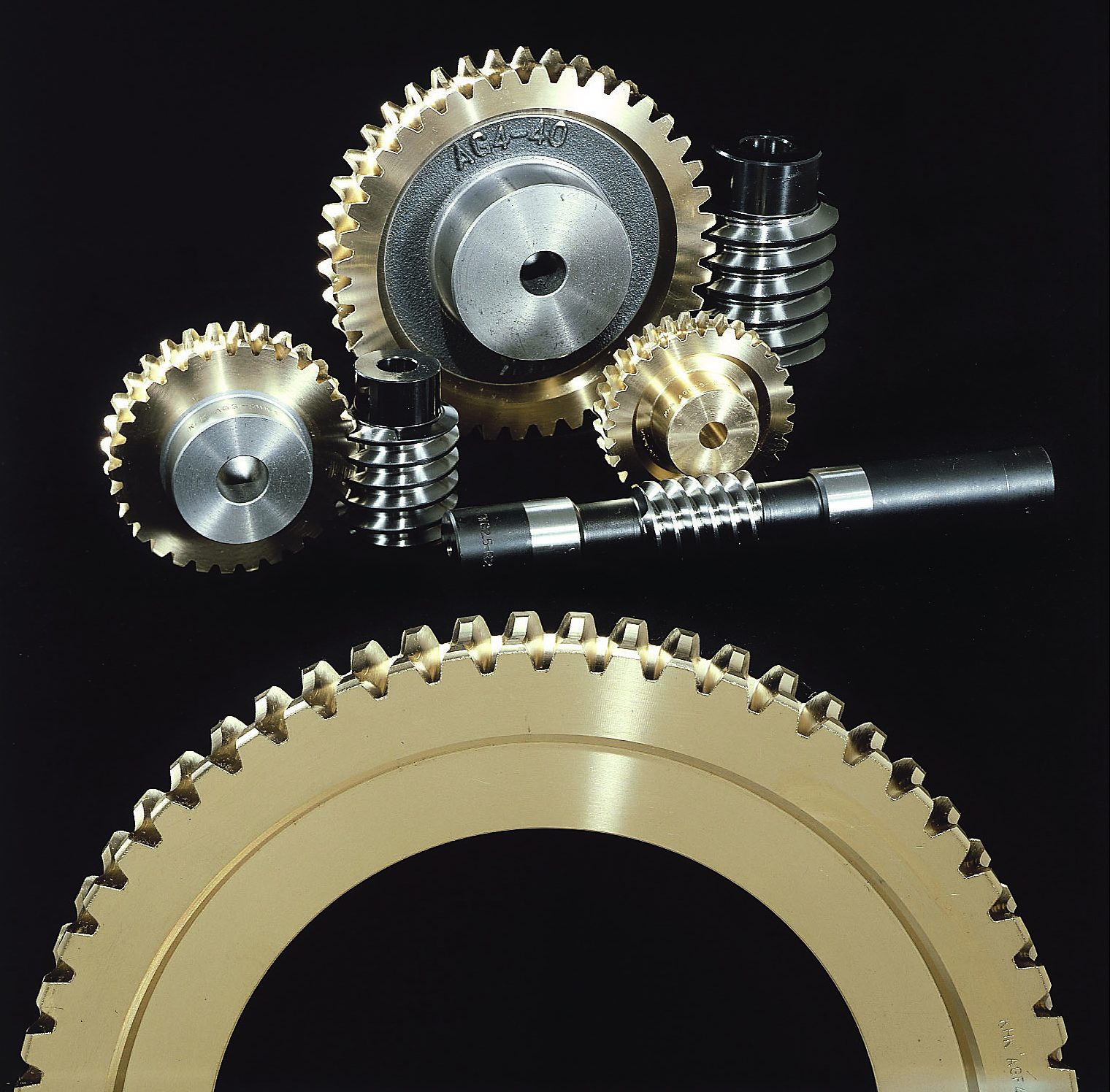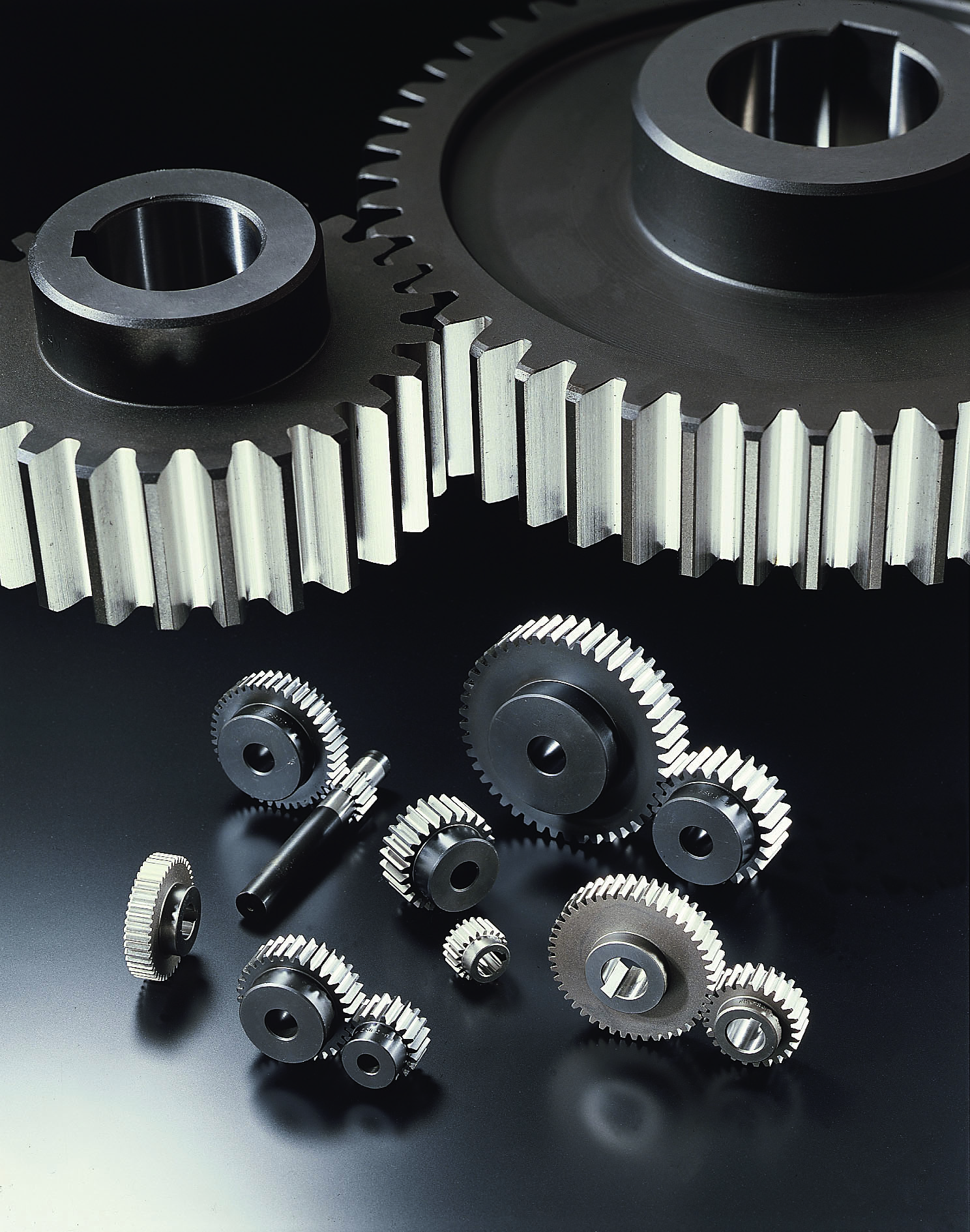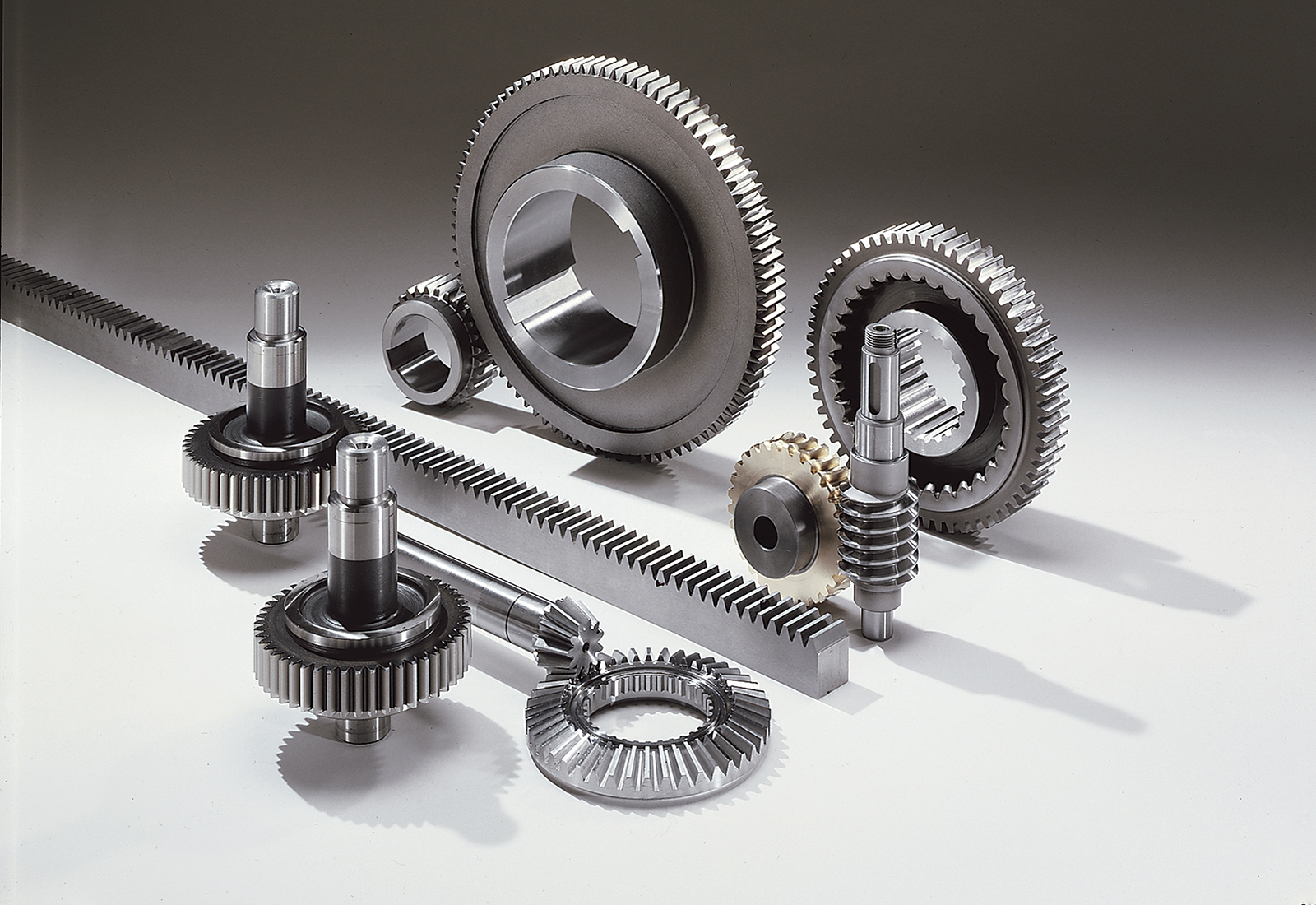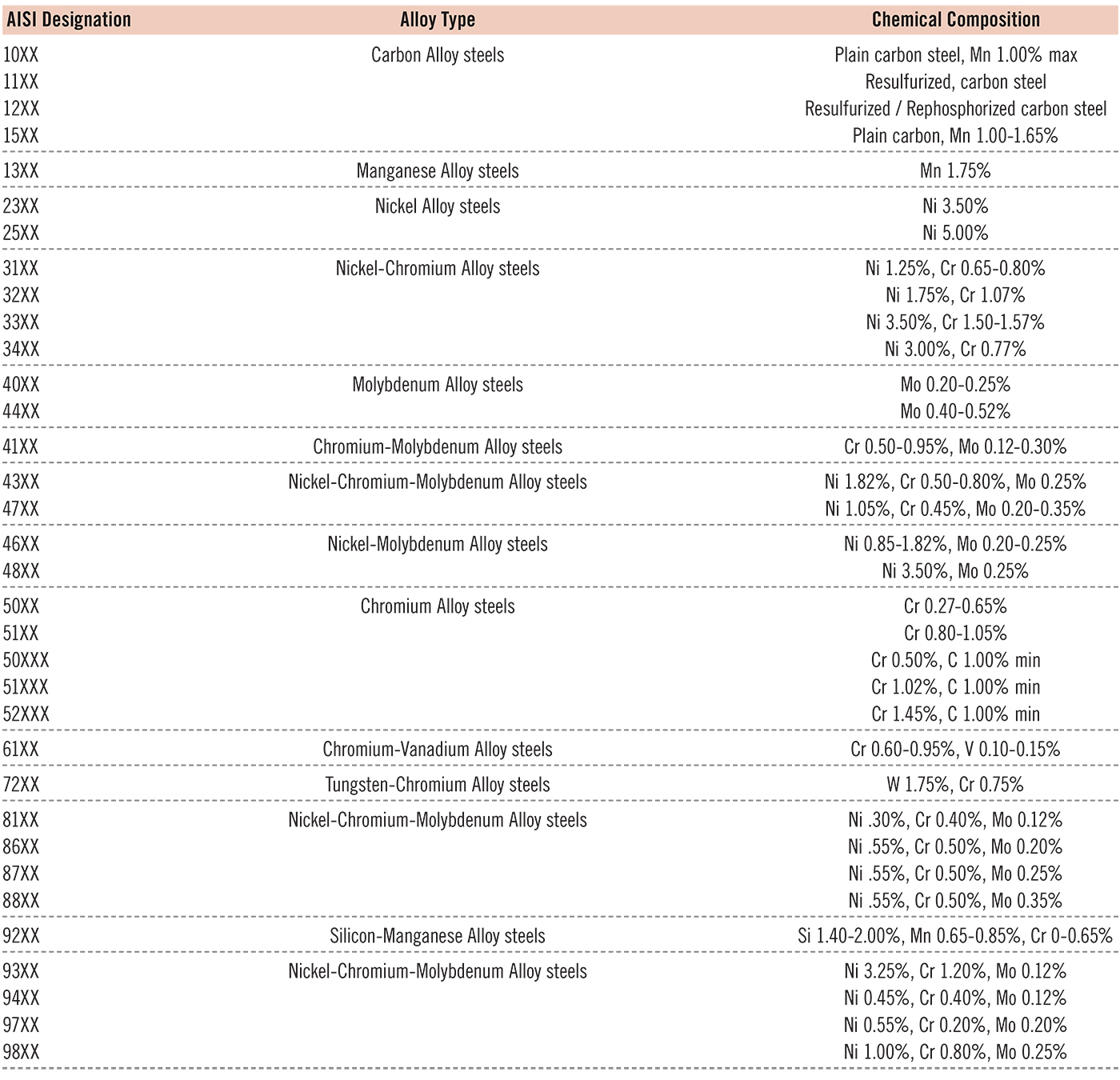Finding the ideal material for gears
When designing and manufacturing gears, the materials used will depend on what type of gear is being made and how and where it will be used.
There are many kinds of raw materials commonly used in gear structures, and each material has its best mechanical properties and is the best choice. The main categories of materials are copper alloys, iron alloys, aluminum alloys and thermoplastics.
1. Copper alloys
⚙️When designing a gear that is going to be subjected to a corrosive environment or needs to be non-magnetic, a copper alloy is usually the best choice.
⚙️The three most common copper alloys used in gears are brass, phosphor bronze, and aluminum bronze.
⚙️The gears usually made of brass alloy are spur gears and racks and will be used in low load environments.
⚙️Phosphor bronze improves the wear resistance and rigidity of the alloy. Higher corrosion and wear resistance make phosphor bronze alloys an excellent choice for high friction drive components. Example: worm gear
⚙️Aluminum bronze is the third copper alloy used in gears. Aluminum bronze alloys have higher wear resistance than phosphor bronze alloys and also have superior corrosion resistance. Typical gears produced from aluminum bronze alloys include crossed helical gears (helical gears) and worm gears.
2. Iron alloys
⚙️When a gear design requires a superior material strength, iron alloys are the best choice. In its raw form, gray iron can be cast and machined into gears.
⚙️There are four major designations of steel alloy: carbon steel, alloy steel, stainless steel, and tool steel. Carbon-steel alloys are used for almost all types of gearing because they are easy to machine, they have good wear resistance, they can be hardened, they are widely available, and they are relatively inexpensive.
⚙️Carbon steel alloys can be further classified into mild steel, medium-carbon steel, and high-carbon steel. Mild steel alloys have less than 0.30% carbon content. High carbon steel alloys have a carbon content greater than 0.60%, and the medium-content steels fall in between. These steels are a good choice for spur gears, helical gears, gear racks, bevel gears, and worms.
3. Aluminum alloys
⚙️Aluminum alloys are a good alternative to iron alloys in applications that have a need for a high strength-to-weight ratio.A surface finish known as passivation protects aluminum alloys from oxidation and corrosion.
⚙️Aluminum alloys cannot be used in high-heat environments as they begin to deform at 400°F. The common aluminum alloys used in gearing are 2024, 6061, and 7075.
⚙️All three of these aluminum alloys can be heat-treated to improve their hardness. Gears made from aluminum alloys include spur gears, helical gears, straight tooth bevel gears, and gear racks.
4. Thermoplastics
⚙️Thermoplastics are the best choice for gears where weight is the most important criteria. Gears made from plastics can be machined like metallic gears; however, some thermoplastics are better suited for manufacturing via injection molding. One of the most common injection molded thermoplastic is acetal. This material is also known as (POM). Gears can be made from either polymer. These can be spur gears, helical gears, worm wheels, bevel gears, and gear racks.
Post time: Jul-13-2023








